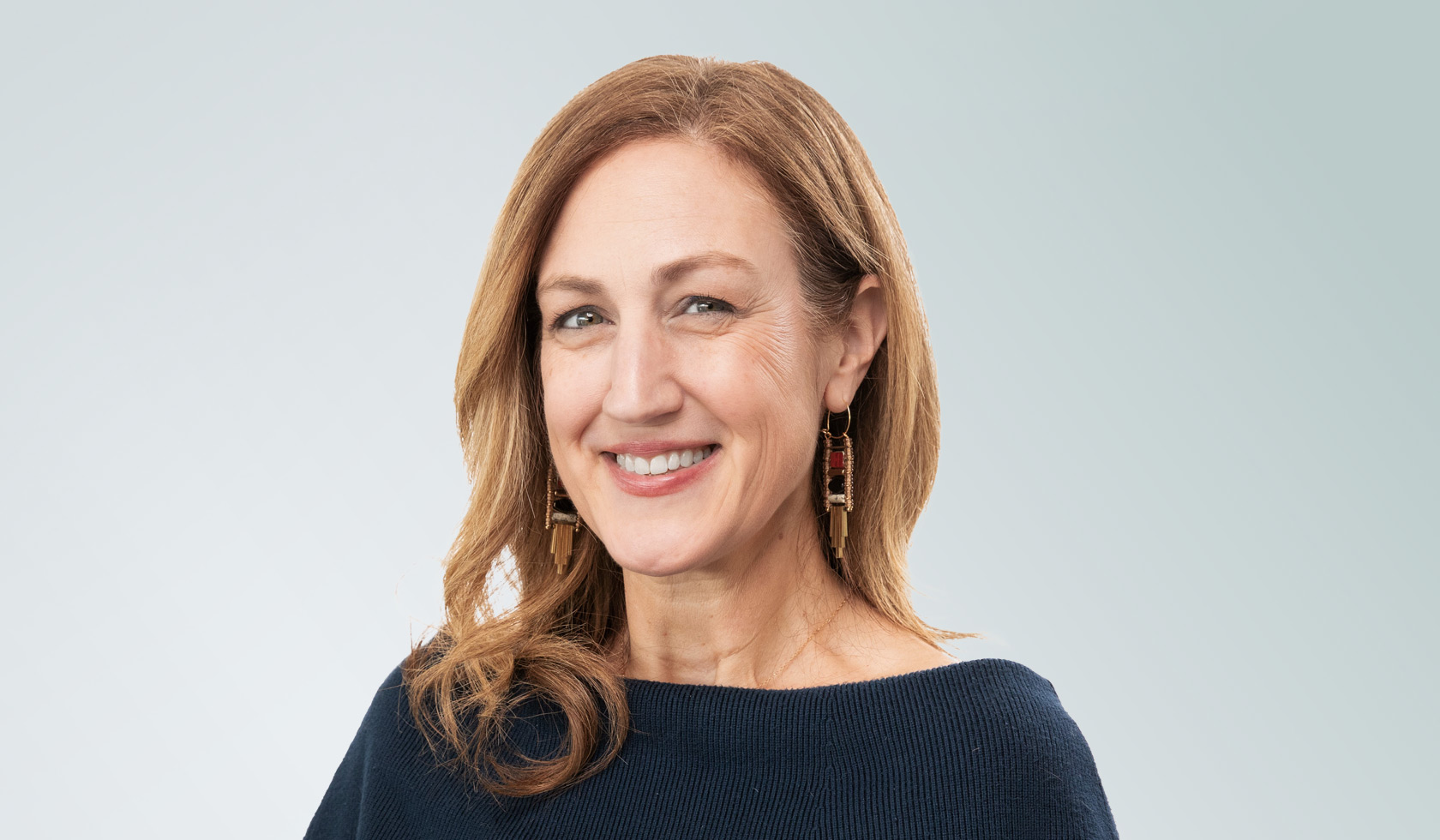Survey findings with achievable goals
Optimization required
With increased automation, comes the opportunity for improved processes. Optimization of these processes means using the right tools to assess the right risks. Companies are moving beyond applying risk assessment exclusively during the underwriting process and optimizing applicant requirements throughout the business life cycle, from market segmentation to post-issue audits.
By applying data analytics tools to segment the market and assess behavioral risk at the top of the acquisition funnel, companies can evaluate factors such as lapse risk early in the sales process. Those with a diversified product suite including both health and wealth products can optimize such top-of-the-funnel activity to make sure customers are directed to the right products.
Moving down the funnel, insurers can also optimize underwriting requirements by ensuring that new risk assessment criteria align appropriately with the risks being underwritten.
Traditional underwriting starts with the trusty age/amount chart to determine requirements necessary to assess the risk. If additional details are needed, underwriters will often add requirements such as attending physician’s statements, which can be costly and take a fair amount of time to retrieve. This practice has its advantages: The field generally knows what to order to facilitate and streamline the process, and underwriters have a full understanding of how to view and assess risks using tools carefully curated for the life insurance space, such as insurance lab panels.
Beyond the traditional
Optimizing underwriting requirements today means moving beyond traditional age/amount considerations and determining if there is a solution better suited for the applicant’s underwriting journey. This requires looking at all available possibilities — new evidence, new tools, new approaches — and ensuring that the requirements ordered are "right sized" for each risk. Digital solutions are critical to this process. In addition to bringing added speed and affordability, such solutions can in some instances facilitate more complete risk assessment as it relates to a client’s unique medical history. For example, clinical labs found within electronic health records can help underwriters view a series of A1C tests for a diabetic to help determine degree of control.
Additionally, many insurers are now ordering digital health data on the back end to assess accuracy of disclosures and to help identify areas where changes in application design may yield better outcomes. Post-issue audits using digital health data will further advance program design and improve consumer centricity.
Managing misrepresentation
Eliminating fluid collection generally increases the chances for anti-selection and mis-disclosures. Consider "smokers’ amnesia," or tobacco usage nondisclosure. Without labs and medical tests to prove otherwise, smokers who do not disclose their smoking status could be classified incorrectly. ExamOne recently conducted a study showing that tobacco nondisclosure has increased over 15% between 2010 and 2021, leaving many insurers wondering how to address the loss of the sentinel effect brought on by the loss of insurance labs and exams.
Companies are moving beyond applying risk assessment exclusively during underwriting; optimizing applicant requirements throughout the business life cycle.
Rewording for accuracy
To manage this, a growing number of insurers have turned to behavioral science. Applied behavioral science can help consumers fully understand the questions being asked of them and encourage them to provide complete and truthful answers. In the case of smokers’ amnesia, RGA performed a study to test how adjusting the wording of application questions might lead applicants to report their smoking history more accurately and honestly. The study tested replacing the standard binary format for tobacco and drug questions of "Have you ever used…?" with "When was the last time you used…?" By assuming the behavior exists and providing multiple answer options weighted towards the most recent and most frequent usage, it minimized applicants’ feelings of being at the extremes of acceptable norms. Changing the question structure increased the disclosure of tobacco use from 35% to 52%.
Another example is the question of height and weight — a seemingly simple question that has proven surprisingly difficult for many to answer accurately. The phrasing of the application questions below demonstrates how double confirmation can encourage more accurate and honest disclosures.
Question: We recognize that not everyone weighs themselves regularly, so it is not always easy to provide an accurate figure. If you have not weighed yourself within the last week, please highlight which of the following is true:
- I think I may weigh a little bit more than my estimate
- I think I may weigh a little bit less than my estimate
- I’m confident this is my exact weight
Question: How much more/less do you think you weigh?
- 0–2 kg
- 3–5 kg
- 6–10 kg
- More than 10 kg
By including a double-confirmation question worded to show empathy toward applicants and to make untruthfulness more conspicuous, 31% of respondents disclosed they likely weighed more than the answer they had just given, and 16% indicated they likely weighed less.
Fuller picture through data
New digital health data can help underwriters place the appropriate risks in the appropriate buckets, leading to better placement and persistency and lower mortality slippage.
Examples include:
- Clinical labs can be very useful in determining the degree of control in someone with diabetes, certain cancers, or clotting disorders, just to name a few. Appropriate risk classification of these conditions relies on a regular and ongoing view of labs specific to the risk.
- Medical billing data, on the other hand, will typically alert an underwriter to a diagnosis, treatment, and the existence of clinical labs. However, they typically will not provide lab results for underwriter review. As a result, such data is generally more valuable in assessing risks such as asthma and psychiatric disorders, which have a lower dependence on fluid-based lab results.
- EHRs may provide enough data to meet underwriting requirements, but they can also be more costly and time-consuming to retrieve and review.
- A newer solution looks at data collected by dental practices. Dental offices have a wide breadth of information and can provide insights on younger consumers who may be more likely to have regular dentist visits than physician visits. Dental patients may also be more likely to divulge their smoker status to their dentist than their physician.
Regardless of the data collected or approaches used, nothing beats monitoring. Post-issue audits to monitor and refine rules are crucial to effective risk management.




